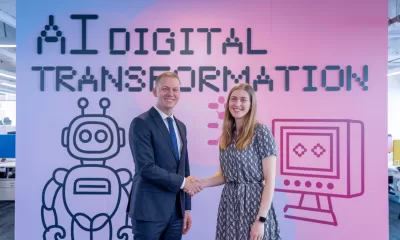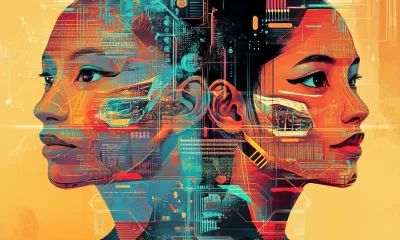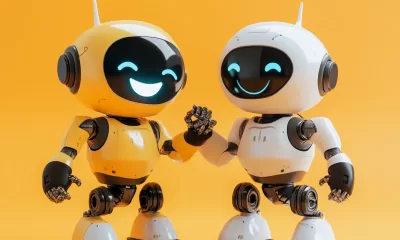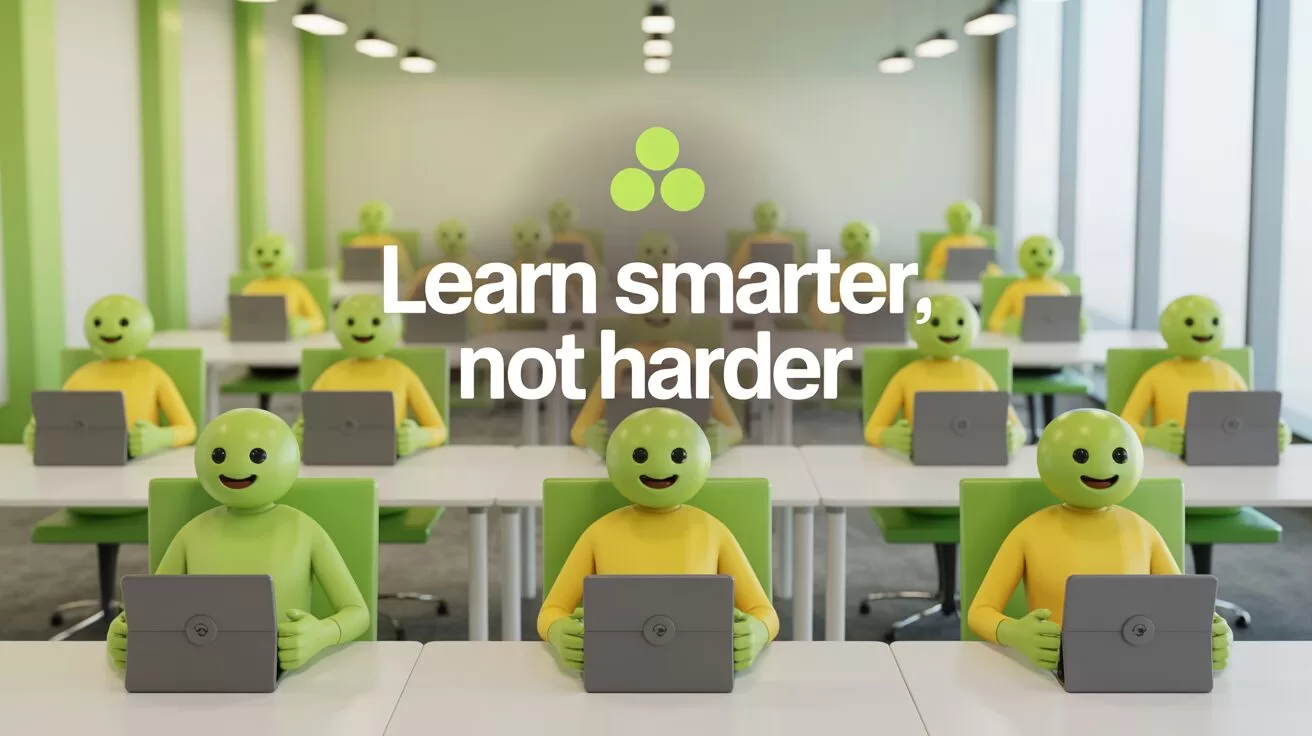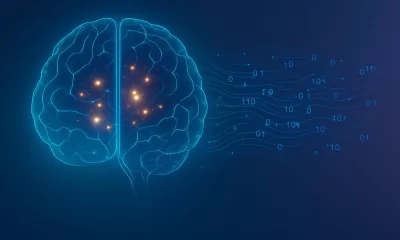Business
Is AI Really Paying Off? CFOs Say ‘Not Yet’
CFOs are struggling with AI monetisation, with many failing to capture its financial value, essential for AI’s success in the boardroom.

Business
Anthropic’s CEO Just Said the Quiet Part Out Loud — We Don’t Understand How AI Works
Anthropic’s CEO admits we don’t fully understand how AI works — and he wants to build an “MRI for AI” to change that. Here’s what it means for the future of artificial intelligence.
Business
Is Duolingo the Face of an AI Jobs Crisis — or Just the First to Say the Quiet Part Out Loud?
Duolingo’s AI-first shift may signal the start of an AI jobs crisis — where companies quietly cut creative and entry-level roles in favour of automation.
Business
OpenAI Faces Legal Heat Over Profit Plans — Are We Watching a Moral Meltdown?
Former OpenAI employees and AI experts are urging US courts to stop OpenAI’s transition into a for-profit company, warning it could erode its commitment to humanity’s safety.
-

 Marketing2 weeks ago
Marketing2 weeks agoPlaybook: How to Use Ideogram.ai (no design skills required!)
-

 Life1 week ago
Life1 week agoWhatsApp Confirms How To Block Meta AI From Your Chats
-

 Business2 weeks ago
Business2 weeks agoChatGPT Just Quietly Released “Memory with Search” – Here’s What You Need to Know
-

 Life4 days ago
Life4 days agoGeoffrey Hinton’s AI Wake-Up Call — Are We Raising a Killer Cub?
-

 Business3 days ago
Business3 days agoOpenAI Faces Legal Heat Over Profit Plans — Are We Watching a Moral Meltdown?
-

 Life5 days ago
Life5 days agoAI Just Slid Into Your DMs: ChatGPT and Perplexity Are Now on WhatsApp
-

 Life2 days ago
Life2 days agoToo Nice for Comfort? Why OpenAI Rolled Back GPT-4o’s Sycophantic Personality Update
-

 Business1 week ago
Business1 week agoPerplexity’s CEO Declares War on Google And Bets Big on an AI Browser Revolution



